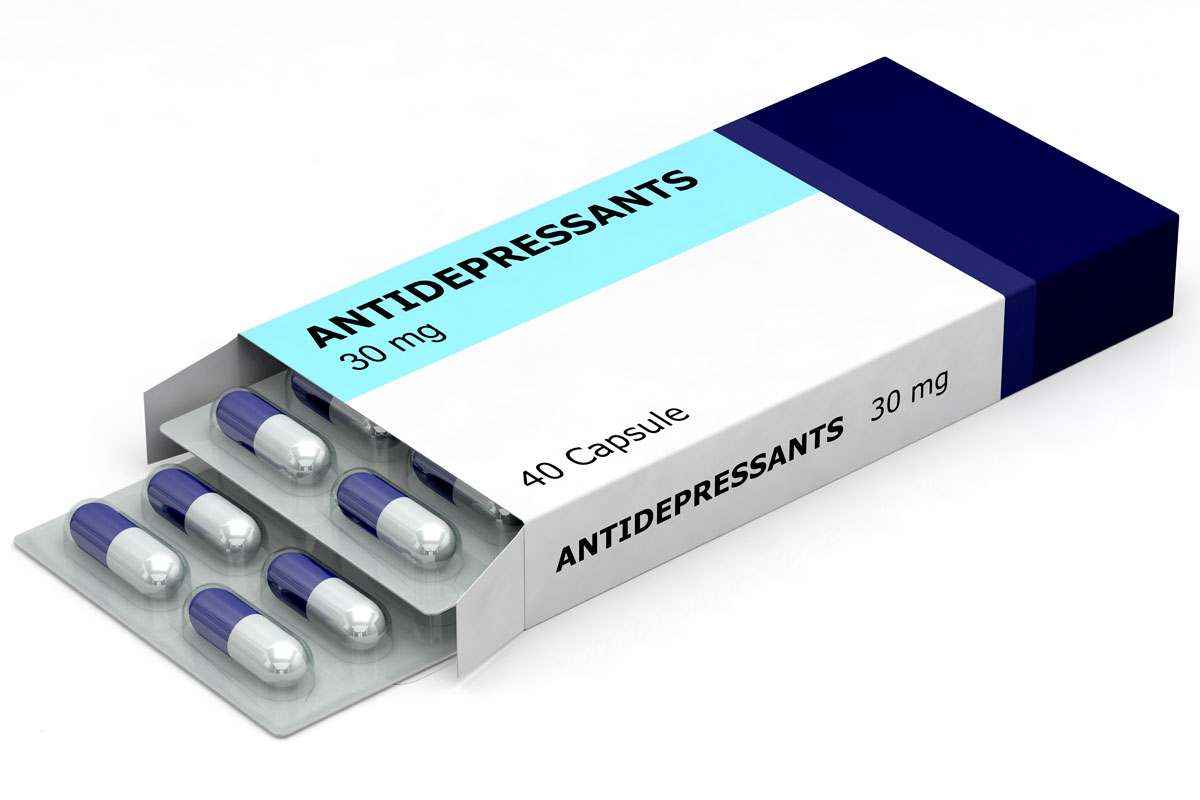 This list (click on this link to open the list in a new tab of your current browser window) is a compilation of the Medical Records Department or Medical Records Unit webpage(s) for each hospital based on all the available websites for Government (Public) Hospitals, Ministry of Health (MoH) Malaysia.
This list (click on this link to open the list in a new tab of your current browser window) is a compilation of the Medical Records Department or Medical Records Unit webpage(s) for each hospital based on all the available websites for Government (Public) Hospitals, Ministry of Health (MoH) Malaysia.
The objective of the compilation is to facilitate readers :
- to visit each webpage(s) of the Medical Records Department or Medical Records Unit of each hospital in this list
- to compare each web page(s) layout and contents for the Medical Records Department or Medical Records Unit services of each hospital i.e its usability and the utility as after all, if users can’t use a feature, it might as well not exist; thus taking note of the following:
-
- if the webpage is indeed obvious and self-explanatory
- user requirements are kept to a minimum, thus a user-friendly service that requires almost nothing from the visitor and is unobtrusive and comforting
- effective writing, for example, using short and concise phrases – does it come to the point as quickly as possible, is used in the webpage
- does the webpage strive for simplicity instead of complexity
- the webpage provides consistency, for example, ensure the webpage uses the same language as the main website)
- the webpage’s screen layout, relationships, and navigability are all organised to provide the user with a clear and consistent conceptual structure
- the webpage presents the user interface that keeps in balance legibility, readability, typography, symbolism, multiple views, and colour or texture in order to communicate successfully
-
- to stimulate inspiration to improve upon the creativity of designs for Government Hospital Medical Records Department or Medical Records Unit webpage(s) in Malaysia
- to continue to strive to be as creative as possible, it is desirable that Government Hospital Medical Records Department or Medical Records Unit webpage(s) in Malaysia are designed to be functional and useful, but also aesthetically pleasing
- to aim for standardisation in content and structure for all Government Hospital Medical Records Department or Medical Records Unit webpage(s) in Malaysia as the first, best step, and logical way to implement uniformity in content and structure throughout all MoH hospitals with a Medical Records Department or Medical Records Unit, if creativity of design is restricted or limited by the website administrator
The following inclusion and exclusion criteria are used for this compilation:
INCLUSION CRITERIA
- the available official website for a hospital
- available valid hyperlink to the Medical Records Department or Medical Records Unit webpage of each hospital from the available official website for a hospital
EXCLUSION CRITERIA
- the available official website for a hospital but the website not available for display (during the period of this compilation)
- the available official website for a hospital but without the following non-display of contents:
- valid hyperlink to the Medical Records Department or Medical Records Unit webpage of a hospital including the following displays:
- blank webpage with just the title ‘Rekod Perubatan’ displayed
- ‘Forbidden’ error message
- ‘Under Construction notice
- non-valid hyperlink to the Medical Records Department or Medical Records Unit webpage of a hospital including the following:
- the wrong webpage, for example, a webpage of another department or unit of the hospital
- no Medical Records Department or Medical Records Unit webpage
- valid hyperlink to the Medical Records Department or Medical Records Unit webpage of a hospital including the following displays:
- no available official website for a hospital
REVISIONS
This list will be updated periodically when new and valid Medical Records Department or Medical Records Unit webpage(s) are available. However, readers are kindly requested to notify me via email at vijayanr@yahoo.com of any corrections and /or additions to this list
Note:
‘Rekod Perubatan’ is the Malay (Bahasa Malaysia) term for Medical Records
References:
- Ministry of Health Malaysia 2013, Listing Government Hospital. Available from: <http://www.moh.gov.my/gov_hospitals>. [17 October 2013]






























